An introduction to Fly Tying
When you can’t go fishing the next best thing is to do something which will help you when you do – and fly fishermen can do few more enjoyable and rewarding things than tying their own flies and lures.
It doesn’t matter how you are introduced to fly tying, or fly dressing to give it the correct title, as long as you are!
The chances are that you are reading this because you are already a fly angler or thinking about taking up fly fishing. If you already go fly fishing, you may want to take up fly tying out of necessity because a certain fly pattern, or size of that pattern, is not available to purchase through shops or online. Alternatively it may simply be because you want to try a new skill which is both practical and an extension of your love for fishing.
Fly tying can become addictive
Whatever the reason you take up fly tying, be warned… for some it can become a passion whilst for others it can become addictive! After all, there are few more therapeutic, relaxing and rewarding ways of passing a few hours on long winter evenings than creating a thing of beauty which mimics nature and helps you to catch more fish.
Once you decide to start, look for fly fishing or fly tying groups in the area where you live. There’s bound to be one somewhere near you.
A brilliant on-line guide
In my own area of Shropshire we have the Ludlow Fly-Tying Club. We meet on the first Thursday of every month to tie the fly of the month. Our meetings are available on Zoom to anglers from further afield whilst under the ‘Techniques’ page of our website www.ludlowflytying.org.uk there is a basic guide that advises on fly tying tools, hooks and materials that you can print off free of charge as well as a ‘Hints and Tips’ section.
The website also has one of the most comprehensive illustrated step-by-step guides which shows anglers how to tie more than 80 fly patterns. The patterns are fully downloadable and free and enable you to tie the patterns on the website at your own pace.
Another useful resource is The Fly Dressers Guild which has branches at many locations throughout the country. By joining them you will add to your fly tying knowledge and journey.
We all have to start somewhere
Fly tying – like fly fishing – is an art. We all have to start somewhere, so whilst your first creations may look horrendous, if they catch fish the job is done. As you progress you will improve, so don’t be disheartened with your first efforts because there are few more rewarding experiences in angling than catching a fish on a fly you have tied yourself.
Instead of rushing out and purchasing a fly tying kit, decide first which species you want to fish. Whether its trout, grayling, salmon or pike, you should purchase the materials required to tie flies that catch your chosen quarry.
Over a period of time you will build up quite a collection of fur’s, feathers and other materials and tools that you will use again and again to tie various fly patterns.
Fly-tying books and on-line videos will help
There are numerous books on fly fishing, fly dressing, fly patterns and all the various aspects of the sport, so have a look at those. There are also numerous videos on YouTube that you can refer to for help and advice on how to tie a certain pattern.
Ludlow Fly-Tying Club even has it’s own You Tube channel – Derek Young Fly Tying – where we record our Thursday night Zoom meetings where guest tiers from all over the world tie some of their favourite patterns. These are well worth a watch. The club also has a Facebook page and groups.
You’ll make friends as well as flies
I hope your fly tying journey proves as enjoyable as mine. Through my love of fly fishing and fly tying I have made many close friends, like minded folk who are interested in the same thing’s as myself. Here’s to many more years behind the vice, tying patterns that continue to catch fish as we wade through the water of life.
Basic fly tying tools you will need
Vice
A basic vice is all that is required to hold the hook whilst the fly is being dressed. The size of the jaws depends on the type of fly you dress, so you will need bigger jaws to tie larger salmon flies and small to medium jaws for tying trout flies. The vice can be attached to a table by a clamp or can be free standing on a pedestal.
Scissors
It is essential that your scissors are sharp and with a fine point to allow the removal of fine hackles and the accurate cutting of materials such as tinsel and thread. It is recommended that you purchase a good quality pair of scissors for fine work and a cheaper pair for cutting wire and ribbing materials. Never cut wire with your best fly tying scissors as it will spoil them.
Bobbin holder
This is used to hold the spool of thread or floss and allows the thread to be applied to the dressing under tension. When choosing a bobbin holder you will need it to hold a variety of bobbin sizes. The better quality bobbin holders incorporate a ceramic tube for the thread and a tension adjuster.
Hackle pliers
These are used to aid the winding of hackles and to hold materials under tension whilst working on other aspects of the dressing. The most important part of the pliers is the jaws which must be smooth so that they grip the hackle or other material firmly. Those with a flat edge are a better choice as pliers made from round section wire are difficult to grip. As a tip, I cover the tip of my pliers with rubber tubing as this aids grip and tends not to damage the hackle as much.
Dubbing needle
This is basically a needle set into a handle – although a cheap alternative is to buy a hat pin from a haberdashery store! The dubbing needle is used to apply varnish to the head of the completed fly or at any stage which requires varnish during the dressing procedure. However, I often prefer to apply varnish with a Double ‘O’ gauge sable brush purchased from an art or hobby craft shop. Wipe clean after each use to prolong life of the brush. If varnish accidentally blocks the hook eye, insert the bottom end of a hackle stem and pull through to unclog the eye.
Whip finish tool
This is used to apply locking turns of thread at the head of the completed fly or at any point in the tying procedure to secure the dressing. I prefer to carry out the whip finish by hand without the tool as this allows the whip finish to be carried out anywhere along the hook shank or even the hook bend.
Knife or scalpel
It goes without saying that the blade must be sharp as this tool is useful for cutting materials close to the dressing. A single razor blade is also very effective although it does carry the need for more care to be taken!
Tweezers
Tweezers can be useful for removing very small amounts of fur from animal skin and for freeing trapped hackle fibres.
Varnish
Clear fly tying varnish is used for coating the finished head on the fly and can also be applied to the body before winding on peacock herl or tinsel to make the herl/tinsel more secure. I personally use Sally Hannsen ‘Hard as Nails’.
Fly tying wax
Fly tying wax or bee’s wax is applied to the thread to aid the application of dubbing to the thread. I often split the thread if multi-strand and insert the dubbing between the strands.
Other fly tying materials:
Hooks
The hook is the base upon which the dressing takes place. My preference is for Kamasan. Hooks are available in a wide range of sizes, styles, strengths and shapes. I tend to use the following:
Dry fly hooks: Kamasan B400 in sizes 12, 14 and 16
Wet fly hooks: Kamasan B170 in sizes 10, 12 and 14
Nymph hooks: Kamasan B830 in sizes 10, 12 and 14
Grub Hooks (Buzzer): Kamasan B100 in sizes 10, 12 and 14
Streamer hooks (long shank): Kamasan B800 in sizes 8,10 and 12
Threads
Black, grey, olive, white, brown and claret. I use Unithread 6/o and 8/o (pronounced 6 ought)#
Floss
Black, grey, olive etc (as threads)
Note: The larger the number, eg. 14/o the smaller the thread diameter. Use 6/o and 8/o for hook sizes 10, 12 and 14 and for Size 16 hooks and smaller use a thread size of 14/o and 17/o.
Wool, Chenille and Antron
Black, white, fluorescent yellow and Flo lime green.
Hair – Dubbing
Deer hair, seal’s fur and hare’s mask/ear in black, grey, olive, claret and natural.
Feathers
Hen cape in black, ginger and grey
Partridge hackles in grey
CDC (Cul de canard) plumes – natural
Peacock herls
Peacock eye
Marabou in black, white and olive green
Cock pheasant centre tail
Teal breast feathers
Mottled turkey feather
Bronze mallard feathers
Golden pheasant crest and tippet feathers
Tinsel
Small or medium pearl mylar
Flat silver or gold Danvilles double sided
Largartum fine oval gold and silver tinsel
UTC Ultra wire in gold, silver, copper and red
Fine red, gold and green holographic tinsel
Lead wire
Fine round or flat lead wire
Gold beads
Veniards 2.3mm and 2.8mm gold and silver beads
Chain bead eyes
Small and medium chain bead eyes in silver. (I cut a length of kitchen sink chain from the hardware shop and cut off two beads at a time).
Want to know more – see Derek’s ‘Hints and Tips’ to Fly tying
If Derek’s article has got your juices flowing and you fancy tying your own flies you should take a look at his ‘Hints and Tips to Fly Tying’ on the Ludlow Fly Tying Club website. It’s full of cracking inside info gleaned over a lifetime of fly tying which will enable you to make more or your fly tying and a lot fewer mistakes!
Similar articles
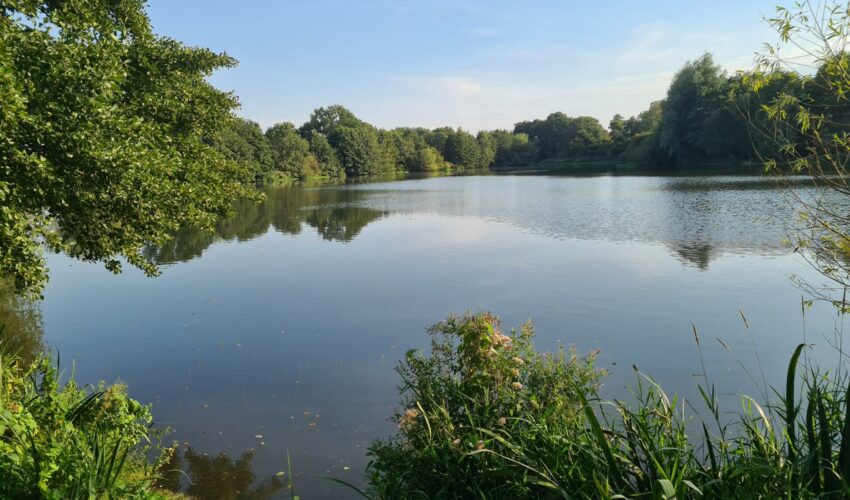
Our guide to fishing this spring (2025)
With the worst of the weather over (we hope!) and with spring finally here, it’s time to clean out that tackle box and get on the bank for some spring time fishing.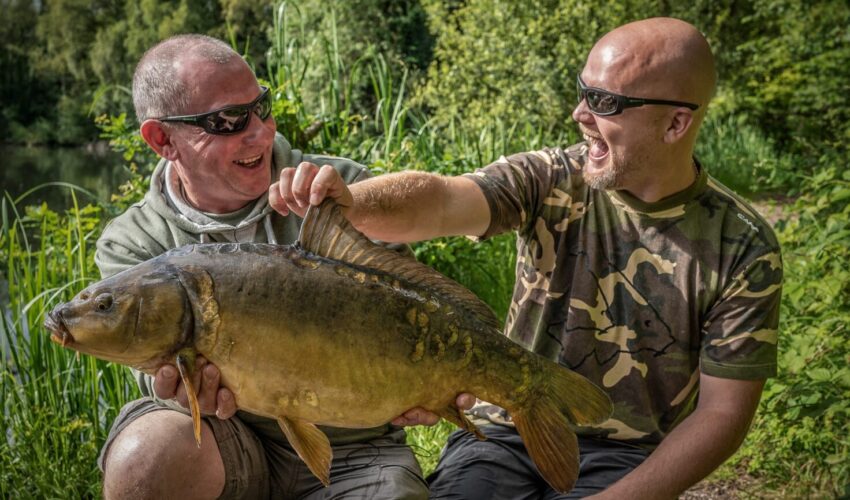
Take a friend fishing
Get ready to hit the water! From April 18th to May 4th, 2025, you can get a free fishing license to take a buddy out and show them what fishing’s all about. Yep, free! It’s all part of the “Take…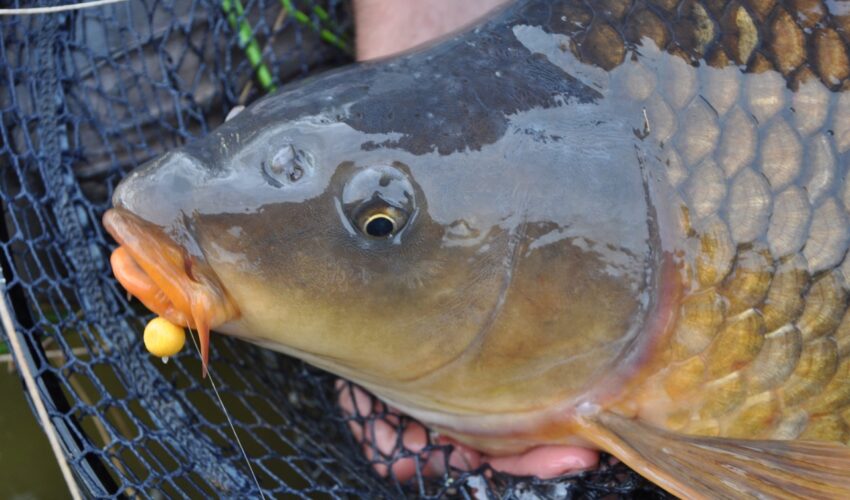
Fishing tips for hard days: How to get more bites
It happens to the best of anglers. Whether conditions are tough, the fish are moody, or our plans simply aren’t working, there are days we struggle. But what can you do to catch fish that seem unwilling to cooperate? There’s…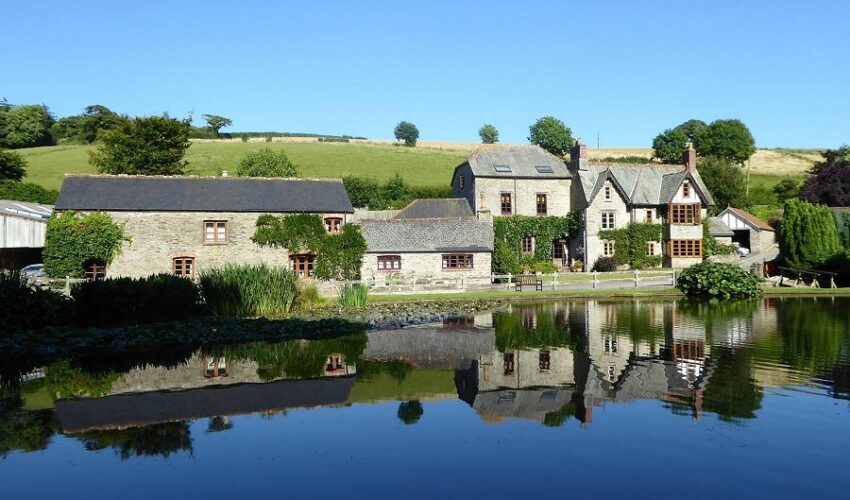
15% Off at Malston Mill – A Luxury Fishing Retreat in South Devon
Looking for the ultimate fishing getaway? Malston Mill Farm in South Devon is offering a 15% discount on 7-night bookings between March 8th and April 20th, 2025 – including Easter school holidays. It’s the perfect chance to book a stress-free,…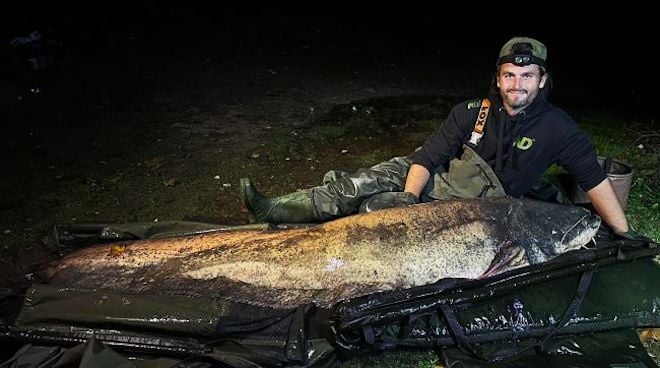
Angler shatters british record for Wels Catfish
Shaun Ing has landed a colossal Wels catfish, weighing in at a staggering 150lb 3oz, setting a new British record.
The cold truth: How water temperature impacts fish behaviour
Cold water slows fish metabolism, impacting their feeding and behaviour, but don’t let that put you off – read on to find out how and where to succeed in the UK’s chilly conditions.Search by Region or County
Find new places to go fishing in your local area or county by choosing your destination below









Comments